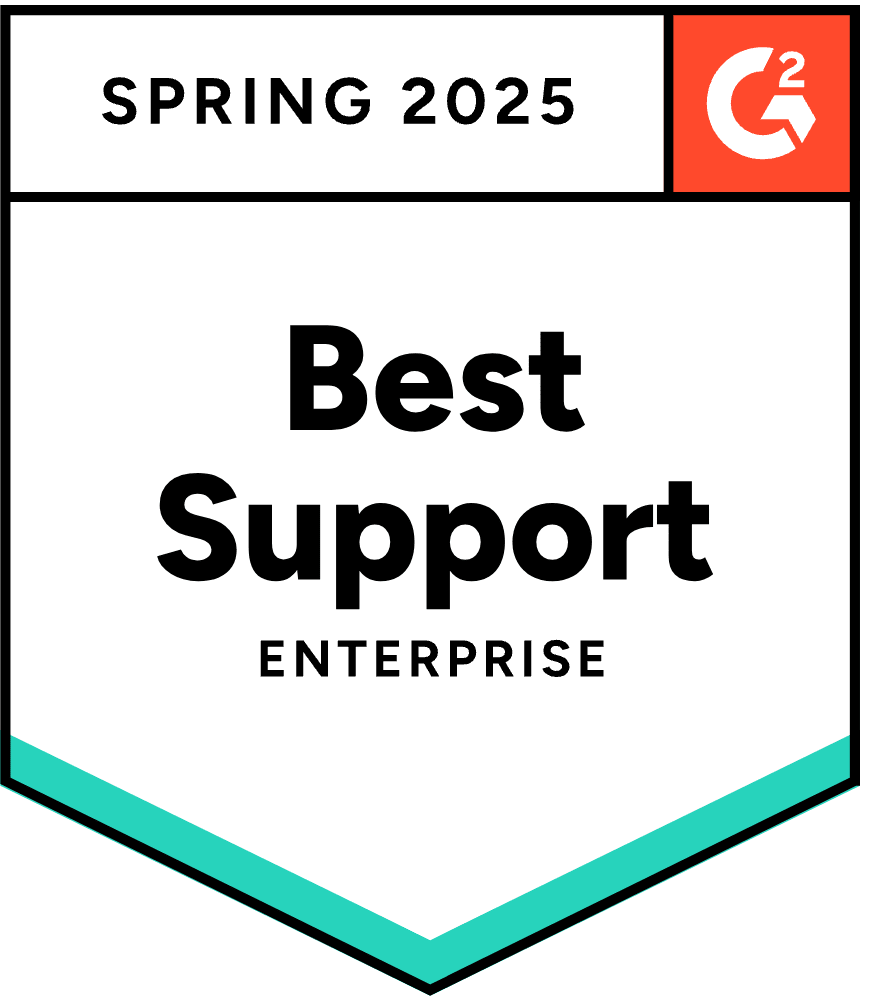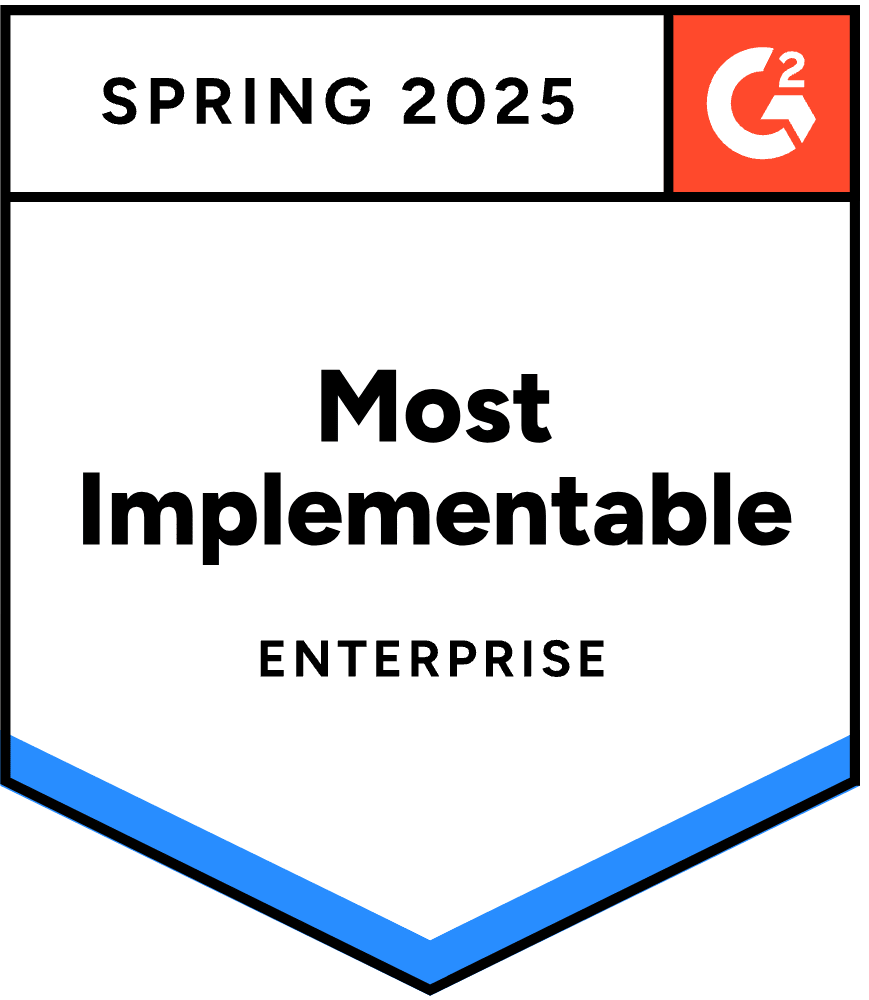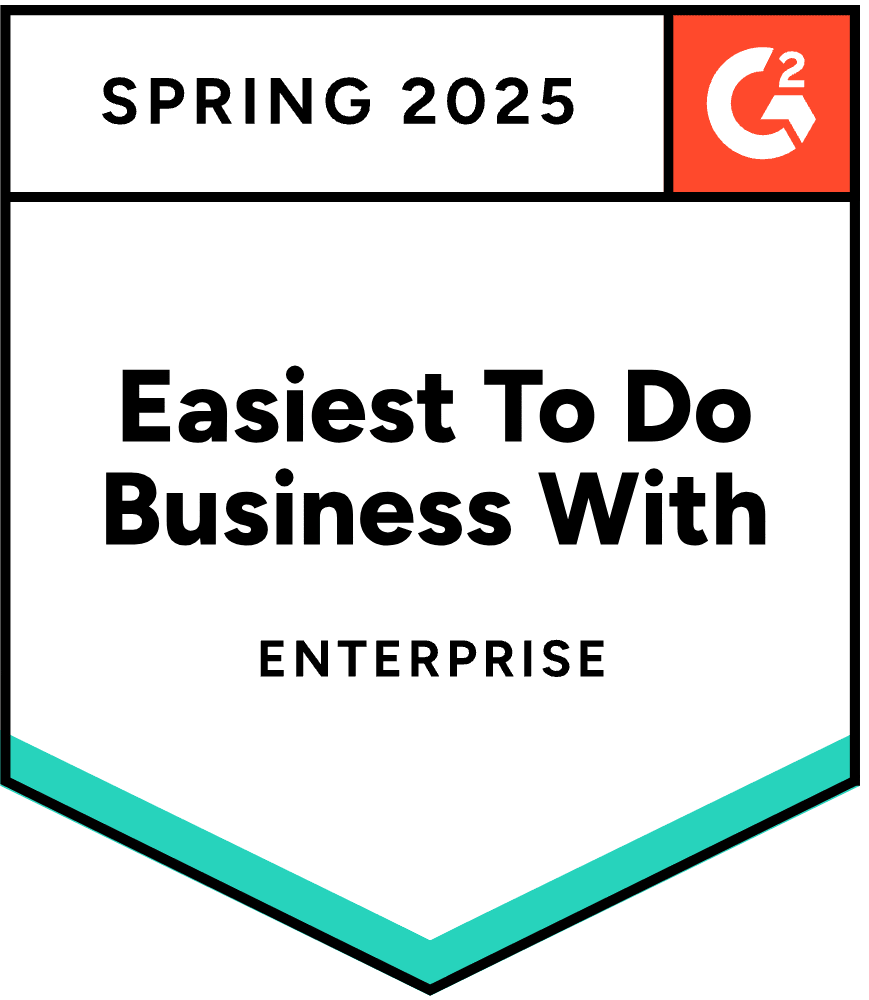33 Examples of Employee Strengths and Weaknesses + How to Improve Them
Emily Homrok | WorkRamp Contributor
View bioLearning Tips Straight to Your Inbox
Organizations are built around people, which means your business is only as strong as your team members. To drive growth and achieve long-term goals, it’s critical to understand your employees’ key strengths and weaknesses.
Why is this so crucial? First, understanding employee weaknesses will empower your organization to help individual team members improve and develop professionally. Second, understanding employee strengths helps you leverage team members’ unique skills and talents where they’re needed most.
The result is that your organization optimizes its efficiency, increases employee satisfaction and productivity, and becomes more competitive.
Learn which professional strengths to cultivate—and a few workplace weaknesses to help your team members improve.
In this post:
What are employee strengths?
You’ve probably heard of soft skills, like organization or communication, and hard skills, like knowing how to speak a language or using certain types of technology.
Employee strengths can involve soft and/or hard skills, but broadly speaking, they refer to character strengths and the unique traits, talents, and characteristics that enable employees to do their job effectively.
Knowing how to recognize, nurture, and use employee strengths is vital to any organization, from its sales team to its customer service department.
Below are a few examples of employee strengths to look for as you develop your team.
Read more: 6 Skill Development Tactics for Successful Teams
14 Examples of employee strengths you should look for
Employee strengths can show themselves in many different ways. Some employees may be exceptionally organized and detail-oriented, while others might be inspiring leaders or gifted negotiators who bring others together.
Understanding work strengths enables you to hire qualified candidates and build stronger, more diverse, well-rounded teams. It can also improve your workplace culture and boost employee morale, making it easier for team members to succeed.
Here are some examples of employee strengths that can be major assets to your organization.
- Dependability. From meeting deadlines and quotas to taking responsibility for mistakes, you need team members you can depend on to get the job done and be accountable. In fact, dependability is more than just an employee strength—it’s a core characteristic that every member of your organization should possess.
- Goal-Oriented. Setting professional development goals shows an employee is motivated to excel and prepared to overcome challenges. That can help bolster your entire team’s productivity and morale.
- Team-Oriented. All the departments within your organization need to communicate and work together cohesively, which boosts efficiency while preventing silos.
- Flexibility. Employees who take a rigid approach have trouble adapting to unexpected hurdles or obstacles. Flexibility is an important, useful skill that enables creative, outside-the-box thinking while making it easier to improvise, communicate, and work with others.
- Optimism. A positive, optimistic attitude is good for team morale and enables employees to receive feedback with an open mind.
- Emotional Awareness. Emotional awareness enables reflection, facilitates personal growth, and improves the ability to empathize and communicate with others—all valuable employee strengths, especially in management or leadership roles.
- Trustworthiness. Employees at every level need to be completely trustworthy, even if they aren’t directly responsible for handling sensitive data. A trustworthy employee will represent your organization in a positive and professional light while taking accountability in the event of a mistake or problem.
- Leadership. Part of your organization’s long-term success means finding standout leaders who can inspire, motivate, and bring teams together. Learn more about how leadership development training prepares team members to transition into managerial roles.
- Resilience. Resilience is important in all areas of life but provides special value in the workplace. When employees are resilient, they can learn from mistakes, overcome obstacles, and turn problems into opportunities.
- Ambition. Drive and ambition are powerful motivating forces. An employee who has defined career goals is more likely to become an engaged learner, go above and beyond to satisfy clients, and actively participate in employee training or professional development programs.
- Teachability. A willingness to learn and accept feedback is the foundation of growth, making teachability an essential trait for any employee, regardless of their role within your organization. For example, employees can be reskilled or upskilled by participating in a coaching or mentoring program. Learn how to create a coaching culture at your workplace.
- A focus on constant improvement. Businesses only succeed if they constantly evolve and improve—otherwise, they risk losing relevance or being outperformed by competitors. That means you need team members equally committed to continuous development and growth. By promoting a culture of learning at your workplace, you can ensure that your team members have the skills they need—and future-proof your organization at the same time.
- Accountability. Everyone makes mistakes—but not everyone deals with them skillfully. Employees must hold themselves accountable and take ownership when errors occur, which is the only way to learn from mistakes, prevent future repeats, and drive meaningful improvement. “No matter what role you are in, it’s about owning not just the inputs but the outcomes,” says Lindsey Scrase, Chief Revenue Officer at Checkr. “Whether you’re an AE or sales manager, [it’s about] owning your number, not making excuses, knowing what the issues are, but then figuring out the plan to fix them.”
- Managing up. The concept of “managing up” is that employees should actively “manage” their relationships with their supervisors by adapting to managers’ communication and leadership styles. This enables employees to successfully meet performance expectations and communicate more effectively with their managers. That translates to more efficient problem-solving, a higher degree of job satisfaction, and more harmonious workplace relationships.
8 Examples of employee strengths in sales
No matter the product, being an effective salesperson demands unique skills.
Here’s a list of professional strengths for successful sales professionals.
- Organization. Salespeople need to stay organized about meetings with prospects and clients, staying on top of each client’s evolving needs, following up with prospects and customers, reaching goals or quotas, and keeping track of deadlines or budget constraints.
- Confidence. It’s imperative for salespeople to display confidence, not only in themselves but in the product or service they’re representing. Sales reps also need enough confidence to face rejection without becoming distressed or dejected.
- Friendliness. Having a friendly, pleasant attitude is an essential part of interacting with customers and clients—especially when the ultimate goal of the interaction is to sell a product or service.
- Proactivity. Team members must be task-oriented and self-motivated, taking the initiative to go the extra mile.
- Motivation. Sales reps must constantly meet quotas and targets, which requires a powerful sense of motivation to succeed in the role consistently.
- Pitching and closing. Making pitches and closing sales, which comes more naturally to some than others, are two essential skills for success in any sales role.
- Openness to learning. Salespeople need the ability to read their customers, think on their feet, and switch tactics to fit different situations. Participating in sales coaching is an effective way for your sales team to practice their skills, develop new skills, and receive immediate feedback from their peers and supervisors.
- Relationship building. Positive customer experiences and relationships are at the very foundation of sales. To maintain them—and continue upselling and cross-selling—your salespeople need to cultivate excellent relationship-building skills.
6 Examples of employee strengths in customer success (CS)
From your VP of customer success to your customer success analyst, director, and operations manager, every member of your CS team needs specific work strengths to excel in their role.
Here are six examples of strengths for CS team members.
- Empathy. Customer success professionals must listen to and assist customers and clients regularly.
- Patience. We’ve all heard the saying that “patience is a virtue,” but in a business setting, it’s a strength—especially after a misunderstanding or when a customer is unhappy.
- Attentiveness. Attentive employees are an important asset to your customer success team because they excel at making clients feel their needs are your business’s top priorities.
- Communication skills. CS roles revolve around interacting with customers and clients. CS professionals must possess exceptional communication skills to identify customer needs, answer questions, and address or escalate concerns.
- Problem-solving skills. Customer success professionals are frequently contacted regarding issues, concerns, and questions. They need to be quick-thinking problem-solvers who know how to guide and support customers in various situations.
- Multi-tasking skills. Customer success teams are responsible for balancing numerous clients, projects, and deadlines, so multitasking is essential.
5 Examples of employee weaknesses
Recognizing employee weaknesses is just as critical as recognizing strengths. Once you’ve uncovered weaknesses, you can address them through direct feedback, training software, and other strategies.
Here are six examples of employee weaknesses that employers should be aware of.
- Disorganization. This doesn’t just mean having a messy desk—disorganization can lead to major errors and oversights or cause team members to waste time on unnecessary, duplicative tasks.
- Impatience. Some clients and customers may need lots of support with your product or service. In other cases, obstacles will arise that slow down your operations, such as supply chain issues. No matter the situation, it’s crucial for your team members to be patient, level-headed, and strategic.
- Lack of motivation. When employees are unmotivated and disengaged, they may struggle to absorb information, develop solutions to problems, or be productive team members.
- Lack of confidence. In business, confidence signals to customers and clients that your brand is worth trusting. Employees lacking confidence are less likely to tackle challenges, voice their concerns, or seek feedback.
- Poor communication skills. Ineffective communication can interfere with your organization’s efficiency and day-to-day productivity. Misunderstandings cause delays, increase the risk of conflict, and add to everyone’s workload, which is why clear verbal and written communication is such an essential strength to look for.
Read more: Close the Skills Gap: Empower Your Team for an Unpredictable Future
How amplifying employee strengths can make your organization stronger
Focusing on team members’ work strengths doesn’t just benefit employees—it has a ripple effect that positively impacts the entire organization.
Here are three specific ways acknowledging employees’ personal strengths list benefits your organization and positions you for sustained growth.
- Engagement increases when managers focus on employee strengths. Creating a positive employee experience limits turnover while boosting retention, motivation, and engagement. One way to help create that positive employee experience is to emphasize your team members’ strengths and provide them with tasks that will allow them to shine and contribute their expertise.
- Focusing on strengths builds confidence. Employees who feel confident in their skills are more likely to take on challenges. They may also be better equipped to handle critical feedback about their weaknesses.
- Focusing on strengths improves employees’ mental health—and with it, the company’s bottom line. It’s important to show employees you value their unique talents and abilities, which is one of many steps you can take toward preventing workplace burnout.
Read more: How to Prioritize Mental Health in the Workplace
How to turn weaknesses into strengths
Believe it or not, employee weaknesses can become some of your most valuable resources—but only if you know how to identify and manage them.
The Learning Cloud from WorkRamp gives you the tools to identify knowledge gaps and transform weaknesses into work strengths. With the Learning Cloud, you can provide centralized employee learning and a people-centric user experience to elevate employee training and development.
Discover how the Learning Cloud can help you empower your team. Contact us to schedule a free, personalized demo.
Complete the form for a custom demo.
Recent Posts
- 11 AI LMS for AI-Powered Learning June 27, 2025
- The Best LMS Platforms for Customer Retention (2025 Guide) June 27, 2025
- 11 Best AI Learning Platforms June 16, 2025
- Top AI LMS Features (and Why They Matter in 2025) June 16, 2025
- Top Learning Management Tools in 2025 June 6, 2025
Emily Homrok
WorkRamp ContributorYou might also like
What are the benefits of online learning?
When it comes to professional development and continued learning, online courses and programs offer several advantages over traditional in-person options.
Read More
Try these strategies to improve employee engagement and performance
Companies with strong cultures see greater employee engagement and increased productivity. Learn to create a culture that promotes growth, helps you retain top talent, and drives results.
Read More
How to create employee development plans that work
By creating excellent employee development plans, you give team members a chance to reach their full potential—and show them their success is a priority.
Read More
Decrease Ramp Time and Increase Revenue
Get in touch to learn how WorkRamp can help you achieve your learning and development goals.
Request a Demo





